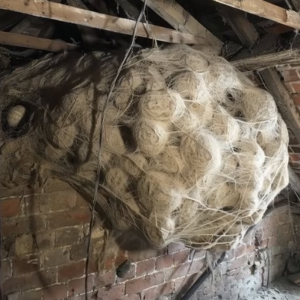Imagine stepping outside to enjoy the sun and spotting tiny clusters that look like “grains of sand or poppy seeds.” These could be tick eggs—capable of hatching into hundreds of ticks that spread diseases like Lyme disease and Rocky Mountain Spotted Fever. Recognizing and removing them quickly is key to keeping your yard safe.
Tick eggs are “small, round, and pale or translucent when freshly laid,” darkening as they mature. They hide in shaded, damp spots like tall grass, mulch, and leaf piles. Once hatched, “seed ticks” search for hosts—pets, wildlife, or people. Regular yard inspections during warmer months can stop infestations early.
Never touch tick eggs with bare hands. Use gloves, seal them in a bag, and contact pest control. If a tick is attached, remove it carefully “with fine-tipped tweezers, pulling straight upward,” then clean the bite with soap and water.
Prevention is the best protection: trim grass, remove leaves, and keep woodpiles away from your home. Use natural repellents like cedarwood oil or herbs such as mint and lavender. Also, limit wildlife visits by securing trash. With regular care, you can “enjoy your outdoor spaces without worrying about these hidden dangers.”





